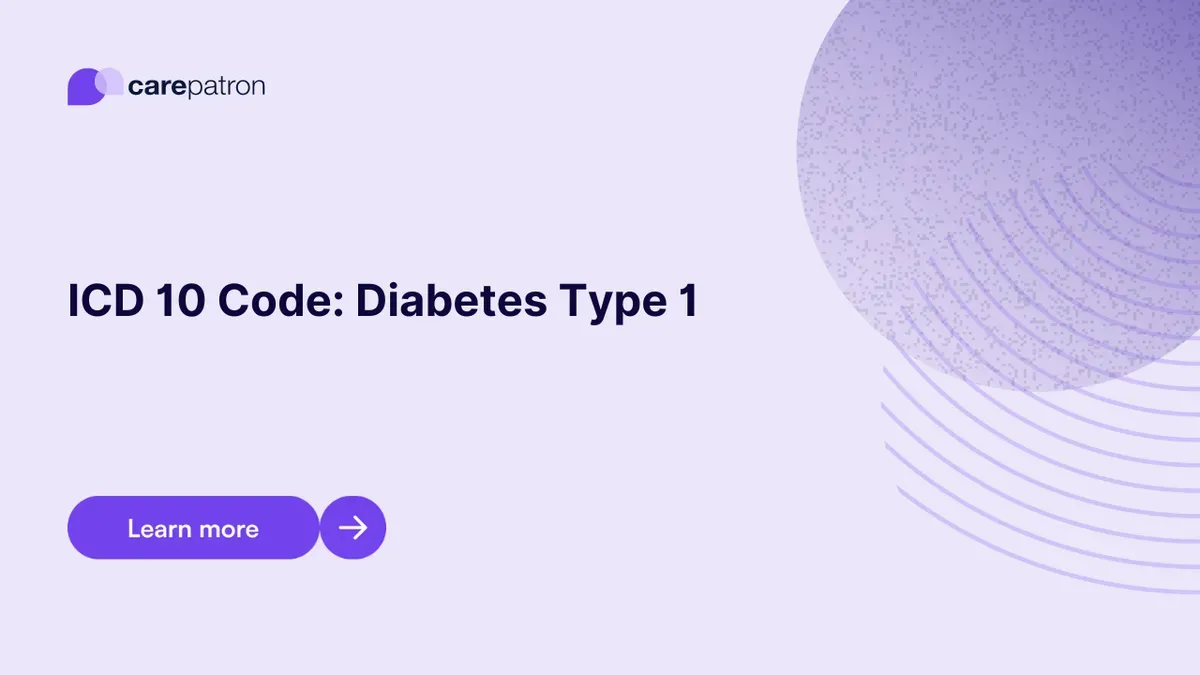
Diabetes Type 1 ICD-10-CM Codes | 2023
Read this short guide to learn about Diabetes Type 1 ICD codes you can use!
Use Code
Commonly asked questions
Even with current research, the exact causes haven’t been confirmed, but findings suggest genetics have something to do with it. Those who have had relatives who’ve had Type 1 Diabetes have a higher chance of possibly getting it than those who don’t come from a line of Type 1 Diabetics.
Since it’s not known what exactly causes it to develop, there are no ways of preventing it.
If by normal, you mean being able to work, do the things they love doing, and do other activities, then yes, they can live “normal” lives. They just need to properly manage their insulin levels by regularly taking insulin shots or pumps, monitoring their blood levels consistently, and making lifestyle adjustments (e.g., dietary adjustments, regular exercise, stopping smoking, avoiding or lessening alcohol consumption).
EHR and practice management software
Get started for free
*No credit card required
Free
$0/usd
Unlimited clients
Telehealth
1GB of storage
Client portal text
Automated billing and online payments
